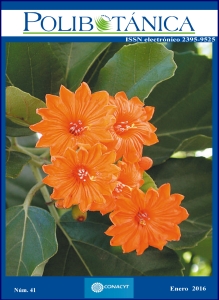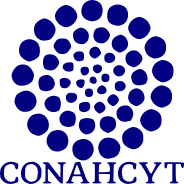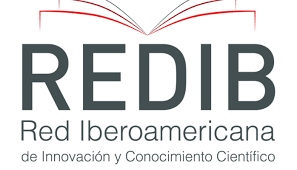Herbivory and arbuscular mycorrhiza in natural populations of Datura stramonium L.: correlation with the availability of nutrients in the soil
Keywords:
resource allocation, mycorrhizal colonization intensity, multitrophic interactions, SolanaceaeAbstract
Trophic interactions impose important costs to their host plants, affecting patterns of resource allocation. The relationship between host and consumers is also influenced by the availability of resources, e. g., soil nutrients. In this study, we explored the relationship among mycorrhiza-plant-herbivore in natural populations of Datura stramonium and their correlation with the content of phosphorus, nitrogen and carbon in the soil. We estimated the vegetative and reproductive biomass of plants, the arbuscular mycorrhizal colonization and the level of herbivory in populations of D. stramonium. The local abundance of D. stramonium was negatively related to the content of phosphorus in the soil. In contrast, soil carbon concentration affected positively the vegetative and reproductive mass of D. stramonium, although it was negatively correlated with the specific leaf area (SLA). Of the trophic interactions only herbivory was significantly correlated with the SLA and no relationship was detected between the two interaction types. The lack of significant response of mycorrhizae to the soil nutrients concentration, plant performance, and herbivory may result from the stochasticity in the availability of mycorrhizal inoculum (identity and abundance) in the populations studied.
Downloads
Additional Files
Published
Issue
Section
License

Polibotánica by Departamento de Botánica de la Escuela Nacional de Ciencias Biológicas del Instituto Politécnico Nacional se distribuye bajo una Licencia Creative Commons Atribución-NoComercial-CompartirIgual 4.0 Internacional.




















